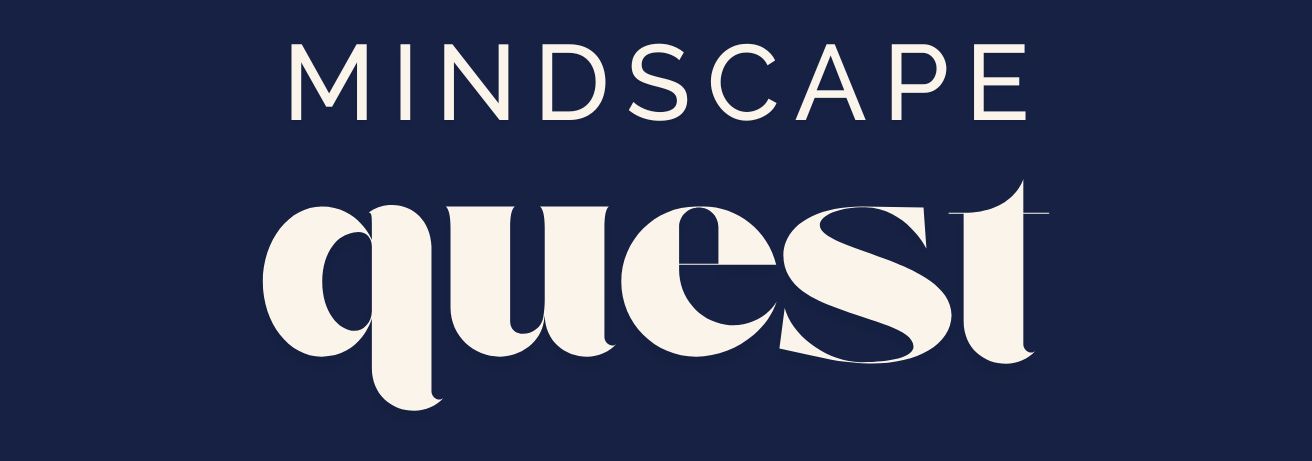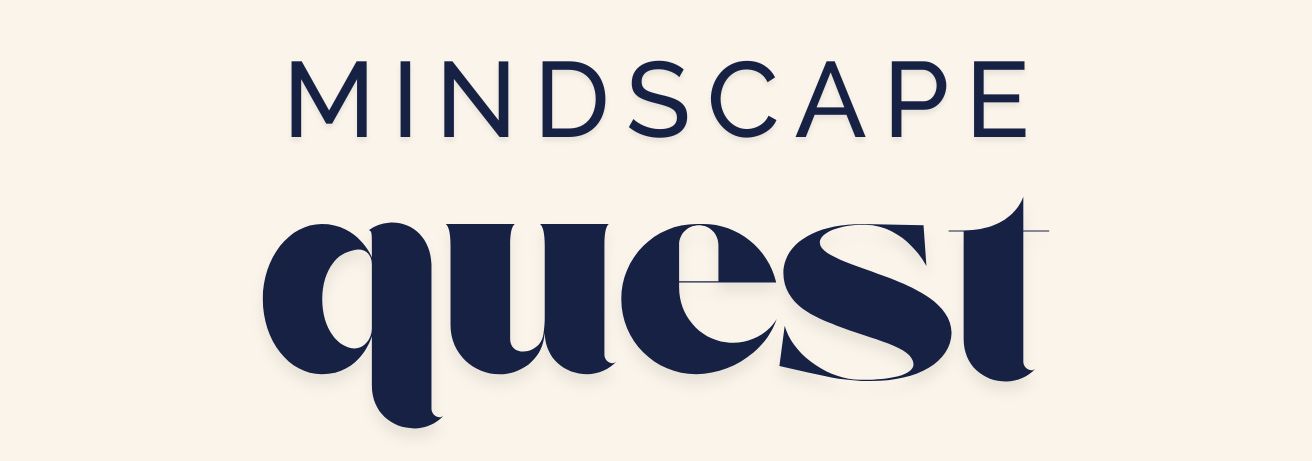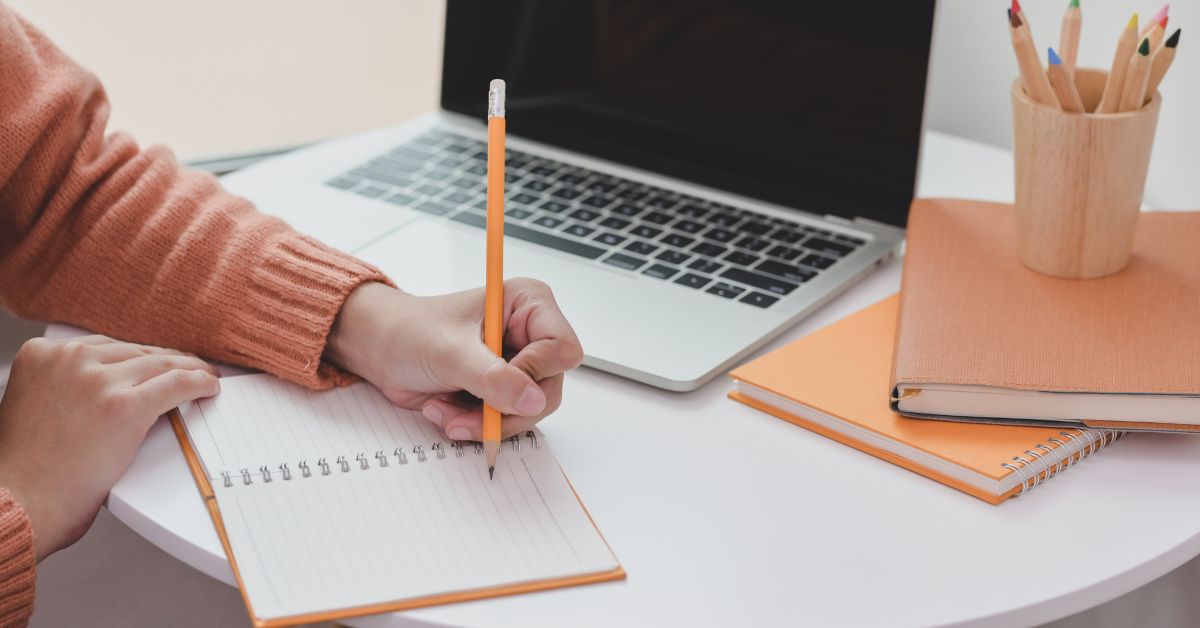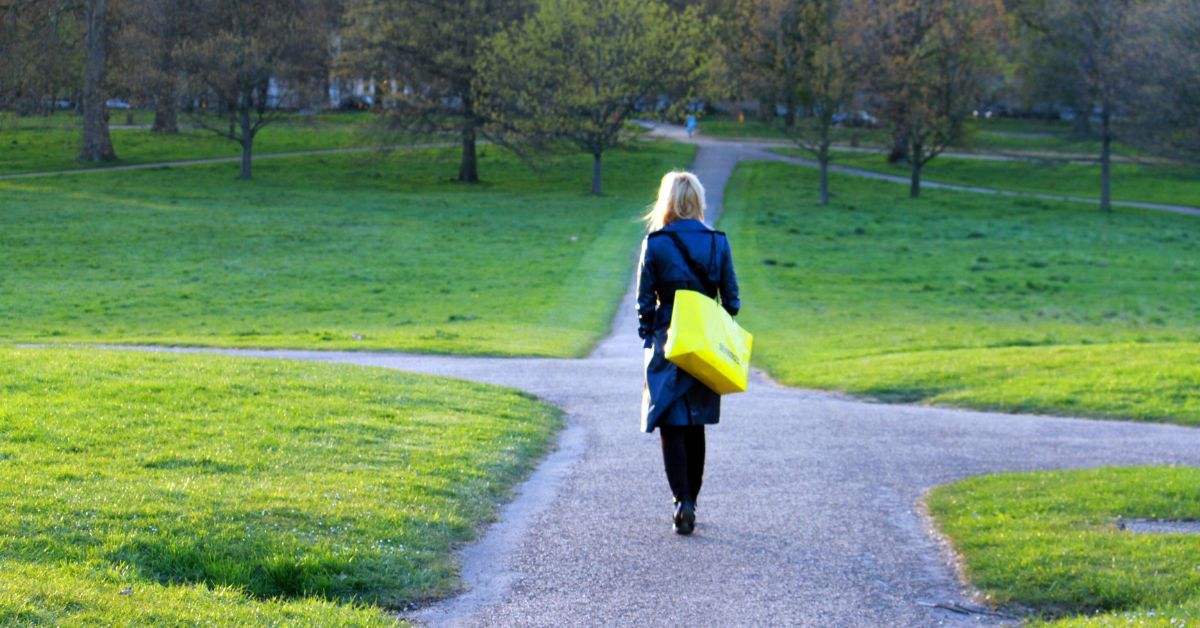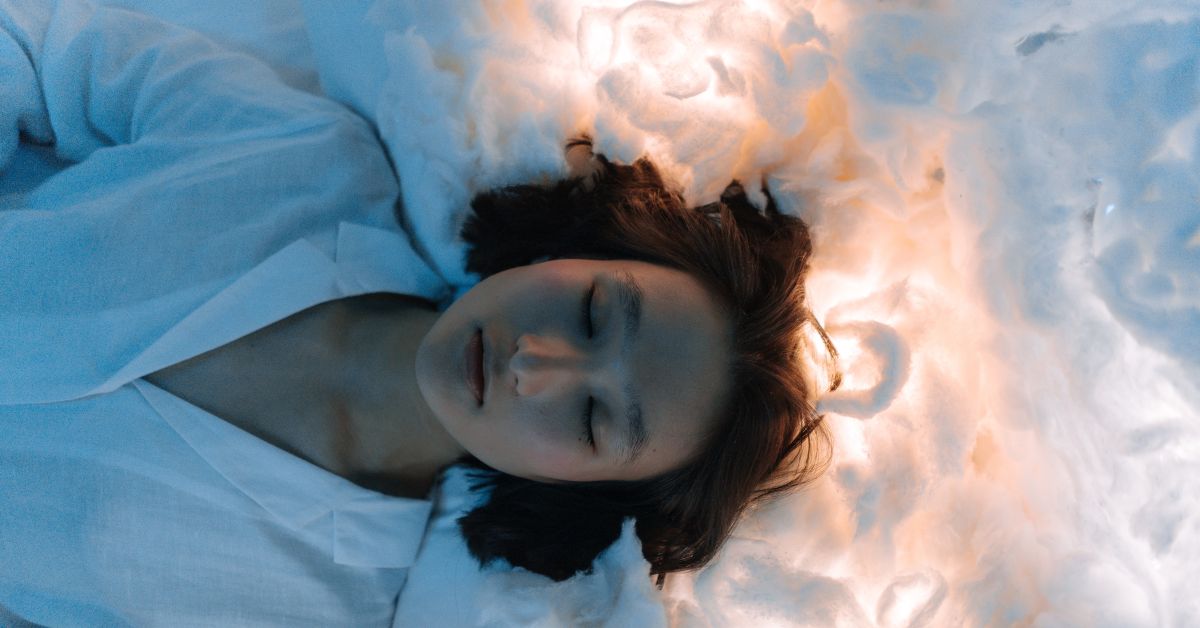Identifying Varicose Vein Symptoms
Varicose veins are more than just a cosmetic concern; they can be a symptom of underlying health issues. These veins are often characterized by their enlarged, twisted appearance, typically occurring in the legs. Common symptoms include a heavy or aching feeling in the legs, swelling in the lower legs, and muscle cramping, particularly at night. Some individuals may experience itching around the veins, which can sometimes lead to skin ulcers near the ankle area.
The symptoms of varicose veins can vary in intensity. For some, they might be a minor inconvenience, while for others, they can significantly impact daily life. The discomfort often worsens after long periods of sitting or standing, as these positions increase pressure in the veins of your lower body. Understanding these symptoms is crucial, as they can indicate more than just superficial vein issues.
It’s essential to consult a healthcare provider if you notice these symptoms, especially if they are accompanied by pain or if the veins become swollen and tender. Early diagnosis and treatment can help manage symptoms and prevent complications. Remember, while varicose veins are common, they are not inevitable, and various treatments can alleviate the symptoms and improve your quality of life.
Causes Behind Varicose Veins
Varicose veins develop when veins become enlarged, dilated, and overfilled with blood. This condition is often hereditary, meaning if your parents had varicose veins, you might be more likely to develop them. However, other factors contribute to their formation, including age, pregnancy, obesity, and prolonged standing or sitting. Each of these factors can increase the pressure in the veins, leading to their enlargement.
Age is a significant factor because, as we get older, our veins lose elasticity, causing them to stretch. The valves in veins, which help regulate blood flow, may weaken, allowing blood to flow backward and pool in the veins. Pregnancy also plays a role due to the increase in blood volume, which can enlarge veins, coupled with the pressure exerted by the growing uterus.
Obesity adds extra pressure on veins, while occupations that require long hours of standing or sitting can hinder proper blood flow. Understanding these causes can help in taking preventive measures, such as regular exercise, maintaining a healthy weight, and avoiding long periods of inactivity.
Varicose Veins vs. Spider Veins: Understanding the Difference
While varicose veins and spider veins are related, they have distinct differences. Varicose veins are large, raised, swollen blood vessels that twist and turn, typically developing in the legs. They are often blue or dark purple and can cause discomfort or pain.
In contrast, spider veins are smaller, red, purple, and blue vessels that also twist and turn, but they are closer to the skin’s surface. Spider veins are typically not painful and are more of a cosmetic concern. They can appear on the legs and face and are often likened to a spider’s web due to their fine, thread-like appearance.
Both conditions are caused by similar factors, such as genetics, age, and lifestyle, but they differ in severity and symptoms. While spider veins are generally harmless, varicose veins can lead to more serious health issues if left untreated. Knowing the difference between these two conditions is crucial for appropriate treatment and management.
Managing and Treating Varicose Veins
Once varicose veins are diagnosed, several treatment options can help manage and alleviate symptoms. Lifestyle changes are often the first line of defense. These include regular exercise to improve circulation, maintaining a healthy weight to reduce pressure on the veins, and elevating the legs to decrease swelling.
Compression stockings are another common treatment option. They apply pressure to the legs, promoting blood flow and reducing swelling. For more severe cases, medical procedures might be necessary. These can include sclerotherapy, laser treatments, or surgery to remove or close off the affected veins.
Each treatment option has its benefits and potential risks, so it’s essential to discuss these with a healthcare provider to determine the most suitable approach based on individual symptoms and health status. While varicose veins can be a persistent issue, proper management and treatment can significantly improve symptoms and quality of life.
Preventing Varicose Veins: Tips and Tricks
Prevention of varicose veins involves adopting a lifestyle that promotes healthy blood circulation. Regular physical activity is key, as it helps maintain a healthy weight and strengthens the muscles that support your veins. Simple exercises like walking or cycling can be highly effective.
Paying attention to your posture can also make a difference. Avoid sitting or standing for extended periods, and try to take breaks to move around. When sitting, avoid crossing your legs, as this can restrict blood flow. Elevating your legs when resting can also help reduce pressure on your veins.
Diet plays a role in prevention as well. A diet rich in fiber and low in salt can prevent constipation and swelling, both of which can contribute to varicose veins. Staying hydrated and avoiding tight clothing that restricts blood flow can also be beneficial.
While these measures may not completely prevent varicose veins, they can reduce the risk and delay their onset, ensuring your veins stay as healthy as possible for as long as possible.
